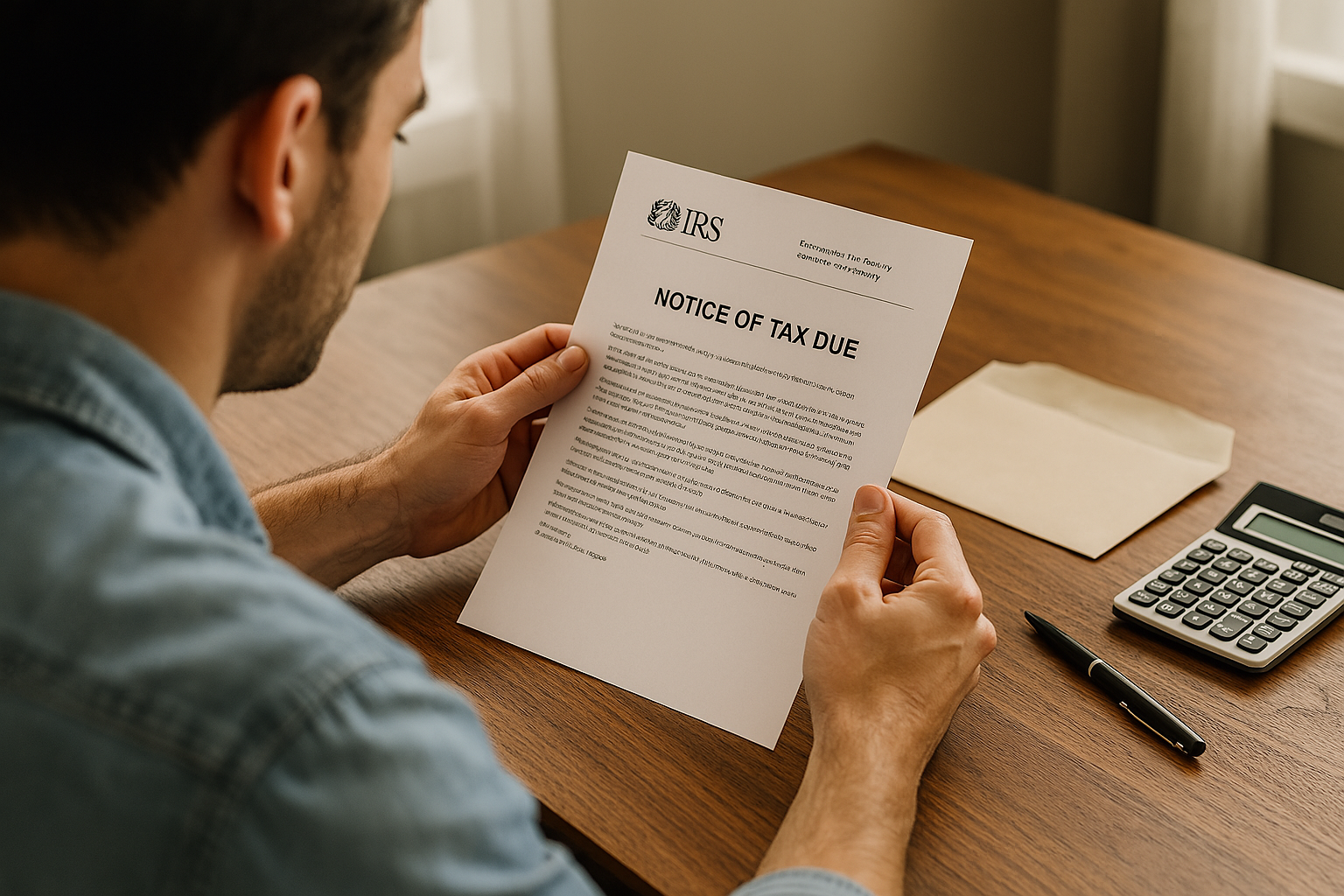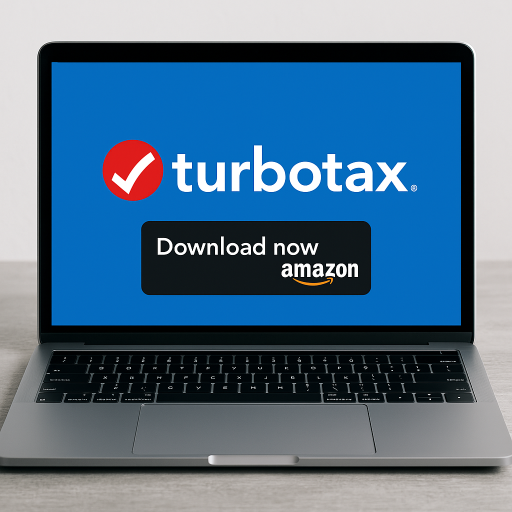If you’ve fallen behind on your taxes, you’re not alone. The IRS offers multiple options to help you file, pay, and resolve any outstanding tax debts. This guide will walk you through the essential steps to get back on track and minimize penalties.
Step 1: Determine What You Owe
Before making a plan, find out exactly how much you owe to the IRS:
- Check Your IRS Account: Log in to the IRS Online Account to see your balance, penalties, and payment history.
- Review Old Tax Returns: If you haven’t filed in previous years, estimate your tax liability using W-2s, 1099s, and other income documents.
- Request IRS Transcripts: Order a tax transcript from the IRS to review reported income and tax records.
👉 Internal Link: Add a link to a page explaining IRS transcript requests.
Step 2: File Any Missing Tax Returns
Even if you can’t pay immediately, it’s crucial to file overdue tax returns to stop additional failure-to-file penalties. Options include:
- E-filing for Recent Years: If within the last three years, you may be able to file electronically through IRS-approved providers.
- Mailing Paper Returns: Older returns must be mailed; use the IRS website to find where to send them.
- Hiring a Tax Professional: If multiple years are unfiled, consider a tax pro to help you navigate compliance and deductions.
👉 Internal Link: Link to a page about tax filing shortcuts and free filing resources.
Step 3: Understand Your Payment Options
Once you file, the IRS offers several ways to pay off your tax debt:
1. Pay in Full (Best Option to Avoid Interest & Penalties)
- Use IRS Direct Pay (bank transfer) or a debit/credit card.
- Set up payments directly through your bank.
- Apply for a home equity loan or personal loan if it’s a lower-interest option than IRS penalties.
2. Set Up an IRS Payment Plan (Installment Agreement)
- Short-Term Payment Plan: If you can pay in 180 days or less, no setup fee is required.
- Long-Term Payment Plan: If paying over more than 180 days, monthly installments are available, but setup fees apply.
- Automatic Payments: Direct debit from a bank account can lower fees.
👉 Internal Link: Link to IRS Payment Plans & eligibility details.
3. Apply for Tax Debt Relief Options
- Offer in Compromise (OIC): If you can’t pay the full amount, you may qualify to settle for less.
- Currently Not Collectible (CNC) Status: If you’re experiencing financial hardship, the IRS may temporarily delay collection.
- Penalty Abatement: If you have a good reason for late payments (e.g., medical emergency), you may qualify for penalty removal.
👉 Internal Link: Link to a guide on Offer in Compromise & tax relief options.
Step 4: Avoid Future Tax Problems
To prevent falling behind again, set up a system for future tax payments:
- Adjust Withholding: If employed, update your W-4 to avoid underpayment.
- Quarterly Estimated Taxes: Self-employed individuals should make estimated tax payments.
- Automated Reminders: Use apps or IRS tools to track deadlines.
👉 Internal Link: Link to state tax information & estimated tax payment guides.
Frequently Asked Questions (FAQs)
Q: Can I negotiate my tax debt with the IRS?
- Yes, through Offer in Compromise or hardship programs.
Q: Will the IRS take my tax refund if I owe back taxes?
- Yes, refunds will be applied to your balance until fully paid.
Q: What happens if I ignore my tax debt?
- The IRS can garnish wages, seize bank accounts, or place a lien on property.
Get Help & Take Action Today
- Start by checking your IRS account balance.
- File any overdue returns immediately.
- Explore payment plans or tax relief options.
Taking action now reduces penalties and stress—get started today!
👉 Internal Link: Link to tax filing resources and debt resolution services.


